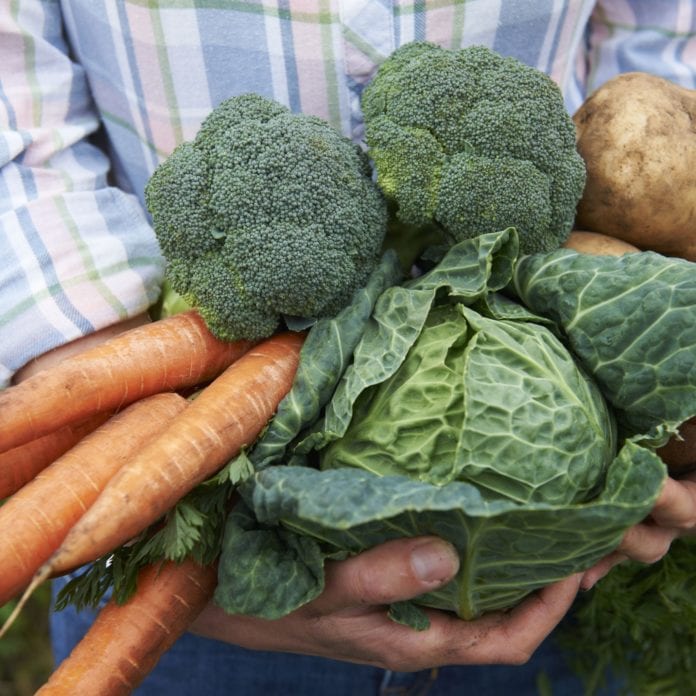Fresh food: A growing use case for machine learning.
Machine learning can help retailers address the challenges of offering fresh foods, which account for up to 40% of a grocers’ revenue and one-third of the cost of goods sold, according to a report by McKinsey and Company. The increasing demand of these products have led to new offerings, like exotic and hard-to-find items as well as “ultrafresh” items with a shelf life of no more than one or two days.
Old processes can make it difficult to order the correct amount of food: order too much, and the food goes to waste; order too little, and you lose sales. Most traditional supply chain planning systems take a fixed, rule-based approach to forecasting and replenishment, but because local demand and conditions vary from day to day, planners have to manually enter different types of data into their replenishment systems. These manual processes are time consuming, error prone and reliant on individual planners’ experience and instincts.
Machine learning can help automate formerly manual processes and improve the accuracy of forecasts and orders. Retailers that use machine-learning technology for replenishment have seen its impact in many ways — for instance, reductions of up to 80% in out-of-stock rates, declines of more than 10% in write-offs and days of inventory on hand, and gross-margin increases of up to 9%, according to McKinsey and Company.
How machine learning increases profit and decreases waste
Machine learning products can collect, analyze and adjust data sets from sources to determine the effect of a number of parameters on each stock keeping unit in each store. A machine-learning system can also take into account supply chain constraints such as supplier delivery times and minimum or maximum order quantities. Using this data, machine learning can create order proposals that optimize for product availability while minimizing the risk of waste and markdowns. McKinsey and Company found that with best-in-class machine-learning solutions, human intervention is rarely warranted and manual data-entry gets significantly reduced.
An international supermarket chain with more than 1,000 stores is said to have automated most of the central planning and decision making for daily orders in one of its largest fresh-food departments, and was also able to integrate warehouse and manufacturing processes to reduce stock in the entire supply chain, increase in-store product availability and get fresher products on store shelves.
Transitioning from traditional methods
Figuring out the demand of a product has always been done by using historical sales data that does not measure unmet demand. Machine learning can take that demand into account and build demand-probability curves using sales and inventory data. This can create cost-benefit calculations that determine the risk of waste against the risk of being out of stock.
Other machine-learning processes can create algorithms that simultaneously optimize pricing and replenishment, leading to the potential increase in profit in fresh categories. The algorithms can simulate how changes in price will affect demand, so if a small price reduction would lead to a significant increase in sales volume the system would recommend larger order quantities. On the other hand, if demand for a product wouldn’t change much even if it were sold at a deep discount, the system would recommend smaller order quantities so as to minimize losses due to markdowns, according to the report.
Click here to read more about machine learning and IoT.

